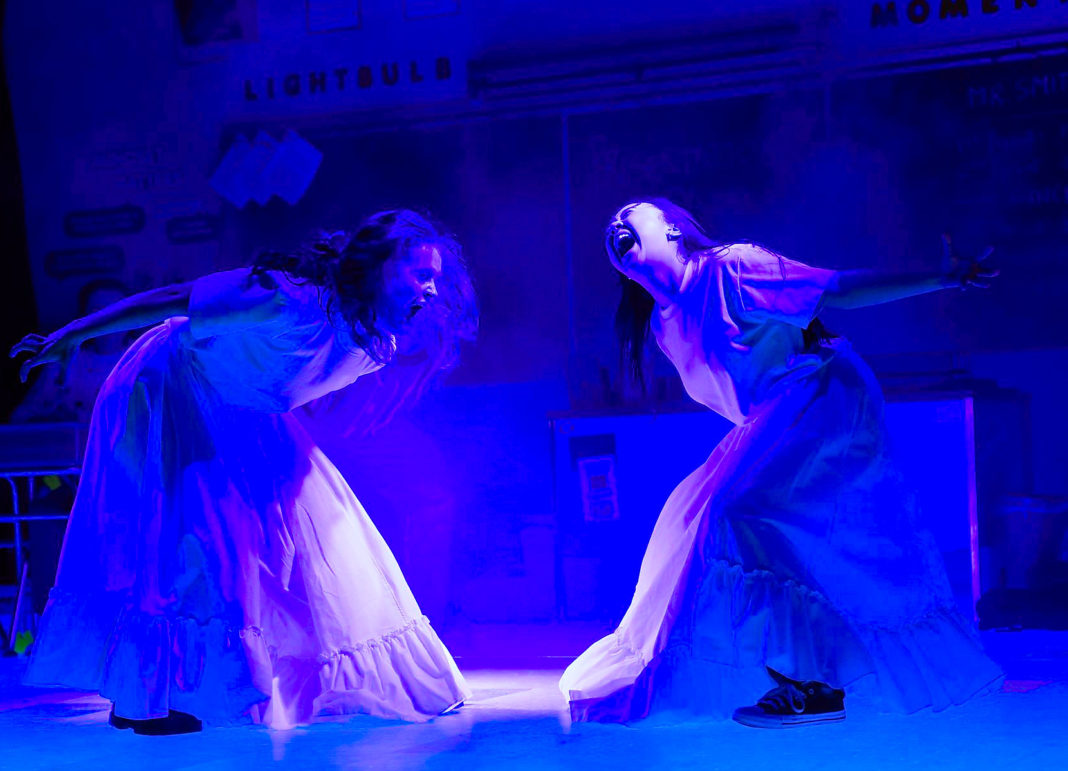Why Lorde’s “Green Light” Resonates as the Ultimate Coming-of-Age Anthem
The Broadway play, “John Proctor Is the Villain,” features a poignant scene set to Lorde’s “Green Light,” highlighting the song’s profound significance as a coming-of-age anthem, particularly for young women.
Initially, Lorde’s hit single depicts the raw pain of a relationship’s end. The unconventional structure and minor key amplify the emotional rawness, reflecting the chaotic nature of heartbreak.
However, the song’s narrative arc shifts dramatically. The transition from minor to major key in the pre-chorus marks a pivotal moment of transformation. The lyrics, “But I hear sounds in my mind / brand new sounds in my mind,” encapsulate this feeling of renewal and creative rebirth.
This creative process extends beyond artistic expression. It encompasses personal growth and identity formation. The pain experienced becomes a catalyst for change, forging new tools and perspectives. The artist, in this context, represents any individual navigating life’s challenges.
The song’s release coincided with Lorde’s early twenties, mirroring the transformative experiences of adolescence. The juxtaposition of joyful melody and intense lyrics reflects the complex emotions of this period.
In the play, “John Proctor Is the Villain,” two teenage girls perform a choreographed dance to “Green Light,” symbolizing rebellion, reclamation, and the transformative power of art in processing trauma.

The dance sequence evolves from a simple performance into a powerful expression of self-discovery and empowerment, mirroring Lorde’s own uninhibited stage presence.

The lyrics’ intensity, symbolized by imagery of biting teeth and screaming truths, speaks to the fearsome power of young women navigating intense emotions.
Ultimately, “Green Light” serves as an anthem of resilience and self-creation, resonating deeply with those who have traversed the path of pain and emerged stronger.
